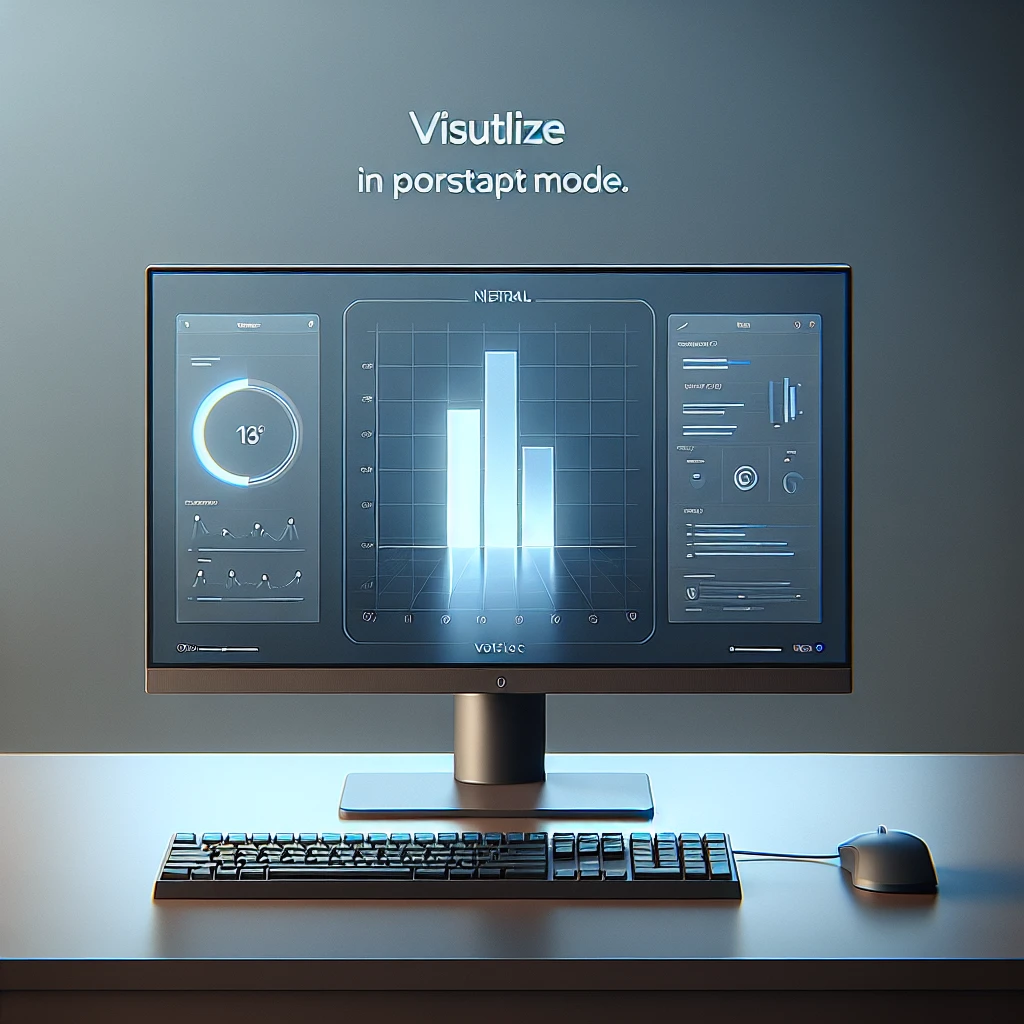Can I use a plasma monitor in portrait mode?
Using a plasma monitor in portrait mode can significantly enhance your workspace productivity, especially for tasks demanding long vertical scrolling. However, this configuration comes with specific considerations and potential challenges. This article delves into the feasibility, advantages, and precautions needed when using plasma monitors in portrait mode.
Understanding Plasma Monitors
Plasma monitors utilize small cells containing electrically charged ionized gases. Unlike their LCD and LED counterparts, plasma screens provide a better contrast ratio and superior color accuracy. Here is a comparison of different display technologies:
| Feature | Plasma | LCD | LED |
|---|---|---|---|
| Contrast Ratio | High | Moderate | High |
| Color Accuracy | Excellent | Good | Excellent |
| Viewing Angles | Wide | Narrow | Wide |
| Energy Efficiency | Low | High | High |
Advantages of Using Plasma Monitors in Portrait Mode
- Enhanced Productivity: Ideal for coding, reading, and document editing due to extended vertical space.
- Better Multi-Tasking: Allows watching multiple windows or applications simultaneously.
- Improved Aesthetics: Can offer a sleek, modern look to your workspace.
Challenges of Using Plasma Monitors in Portrait Mode
- Potential Burn-In: Prolonged display of static images might cause burn-in issues.
- Mounting Concerns: Proper mounting equipment is essential to ensure stability and safety.
- Limited Manufacturers Support: Some plasma monitors are not designed for rotated usage.
How to Set Up a Plasma Monitor in Portrait Mode
Selecting the Right Monitor
Ensure your plasma monitor supports portrait mode. Refer to the manual or manufacturer’s website for specific guidelines.
Adjusting Monitor Settings
Most modern operating systems allow screen rotation through settings:
- Windows: Right-click on the desktop, select ‘Display settings,’ then change the orientation.
- Mac: Go to ‘System Preferences,’ click on ‘Displays,’ and alter the orientation.
- Linux: Access ‘Display’ settings from the system menu and rotate the screen.
Ensuring Proper Cooling
Heat dissipation might differ when plasma monitors are in portrait mode. Ensure adequate airflow around the monitor to prevent overheating.
Choosing Appropriate Mounts
Not all mounts are suitable for vertical orientation. Invest in quality mounts that support the weight and dimensions of your plasma monitor in portrait mode.
Practical Applications for Plasma Monitors in Portrait Mode
Professional Use
Professionals such as developers, writers, and graphic designers benefit significantly from the extended vertical viewing.
Gaming
Some games support portrait mode, offering a unique gaming experience.
Entertainment
Portrait mode is increasingly popular for social media browsing and content creation, offering an immersive viewing experience.
Conclusion
While using a plasma monitor in portrait mode provides several advantages, particularly for professional and creative tasks, it’s crucial to consider potential pitfalls like burn-in and proper mounting. By following manufacturer guidelines and ensuring adequate cooling and support, you can optimize your plasma monitor for vertical use efficiently.

